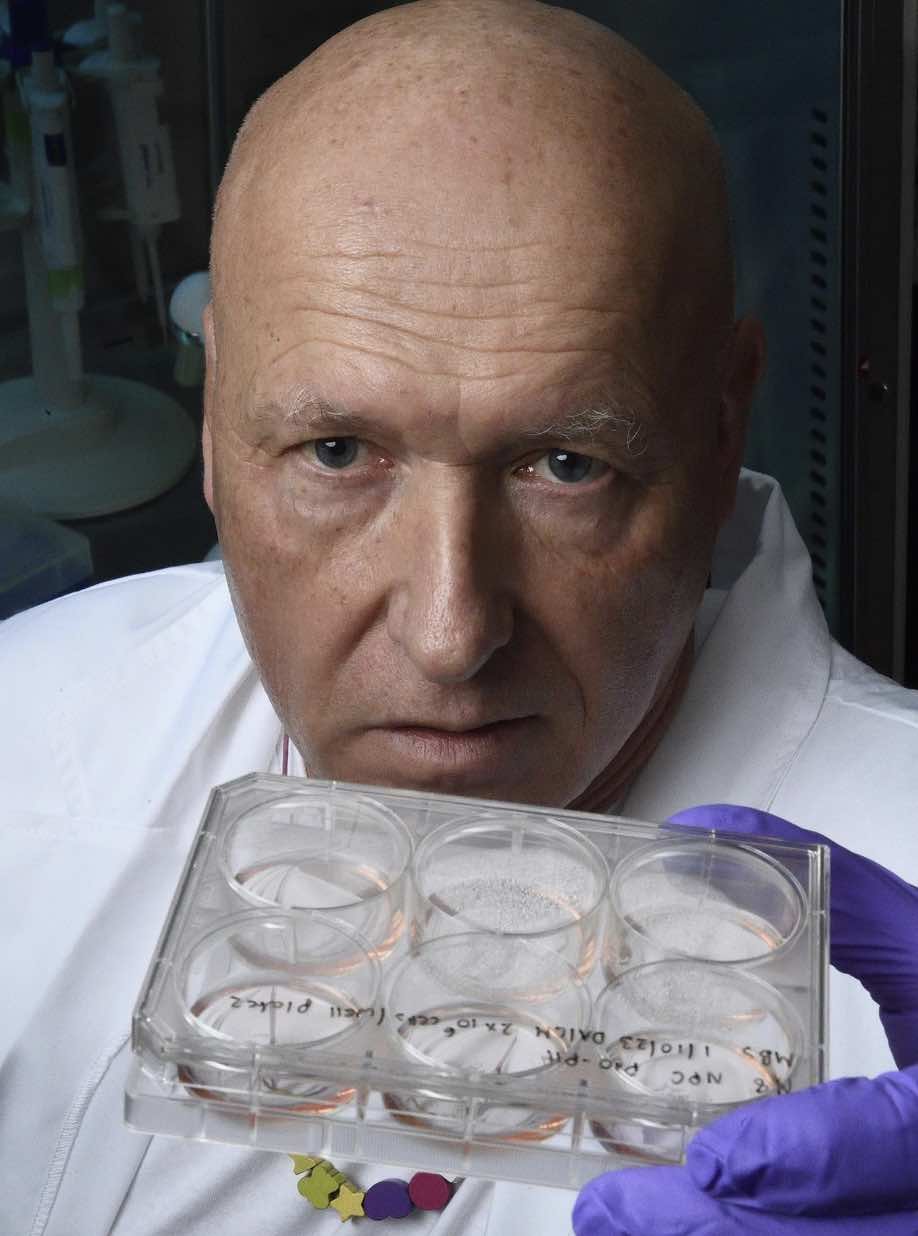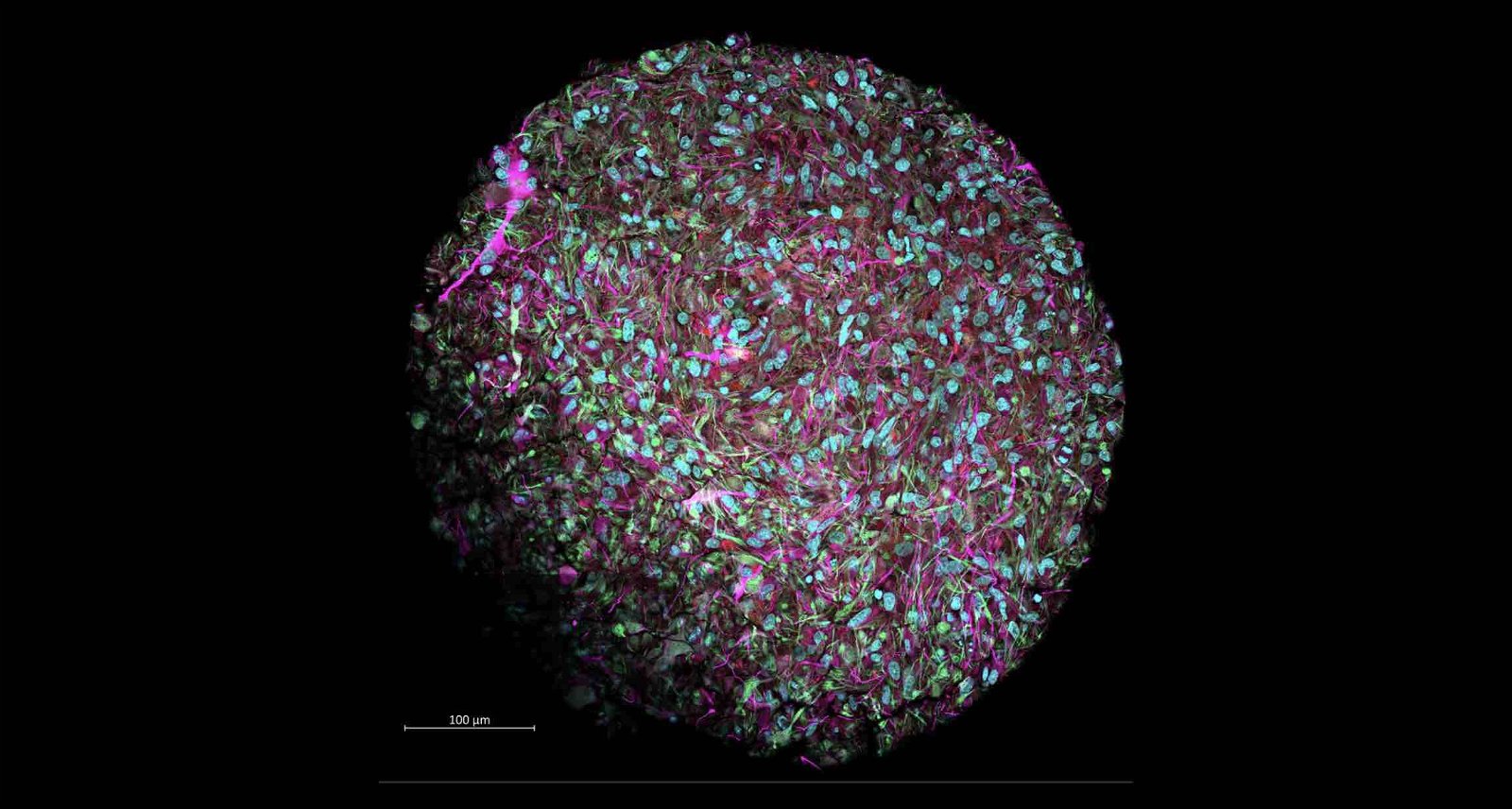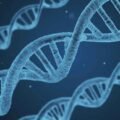Artificially grown masses of cells or tissue known as “organoids” could represent the next wave of innovation in modern computing through biocomputation and may also potentially supplement advances in artificial intelligence, according to a Johns Hopkins University team.
Recent advancements in “organoid intelligence,” as the researchers call it, could take the field of biocomputing well beyond the current limits of computation, according to Thomas Hartung, a professor of environmental health sciences at Johns Hopkins’s Bloomberg School of Public Health and Whiting School of Engineering, who along with colleagues published their work in the journal Frontiers in Science in late February.
“Computing and artificial intelligence have been driving the technology revolution,” Hartung said in a statement.
However, he adds that “they are reaching a ceiling.”


Beginning more than a decade ago, Hartung began using human skin samples to extract cells that he and the Johns Hopkins team used to grow and piece together brain cells. The construction of each organoid contains close to 50,000 cells, producing a small cellular structure that is roughly the size of a small insect’s nervous system.
Hartung calls the promising field an “enormous effort” that involves achieving computation in more compact and efficient ways and in ways that researchers like him hope will eventually “push past our current technological limits.”
In the past, the development of organoids primarily involved the creation of lab-grown cellular matter and tissue that could serve as proxies for experiments on organs like lungs and kidneys. One of the obvious benefits being that this allows testing without resorting to the use of actual human or animal subjects, Hartung and his team have focused primarily on cerebral organoids—artificially grown organs that resemble the brain roughly the size of the tip of a pen—which possess many of the fundamental elements that give rise to memory and learning.
Hartung and his team believe that tapping such abilities in brain organoids could represent the next wave of computing through developments in biological, non-human intelligence in the coming years. This, in addition to allowing researchers to glean new insights into the function of the human brain by allowing researchers to experiment in ways prevented by ethical boundaries.
However, Hartung and the team work alongside a range of scientists in various fields to help ensure the ethical implications of studies involving organoid intelligence are met, which includes bioethicists and others with similar experience.
Hartung and his team envision a variety of potential uses for their lab-grown “brain in a dish” method of generating organoids with brain-like functions. These include supercomputing without the unsustainable energy demands that the current state of the technology requires.
The Johns Hopkins team also says that while artificial intelligence continues to show the impressive capabilities of machine learning that can aid in problem-solving and a variety of other tasks that both save time and often exceed human capabilities, there are many functions of the human brain still outperform our best modern computers, and future technologies that are comprised of biological hardware could potentially bridge the gap between the two.
Hartung points to Frontier, a Kentucky-based supercomputer that costs close to $600 million and requires a facility spanning 6,800 square feet.
“Only in June of last year, it exceeded for the first time the computational capacity of a single human brain,” Hartung says, adding that doing so required “a million times more energy.”
Rather than seeing organoid intelligence as an alternative to artificial intelligence, Hartung and the Johns Hopkins team believes they may be able to be integrated with artificial intelligence in ways that could potentially hasten the development of both fields and eventually lead to the creation of biocomputers whose processing and storage capabilities, as well as their speed and efficiency, could well outperform today’s best supercomputers.
The team also believes there could be benefits to other areas of research, including studies of neurodevelopmental disorders, neurodegeneration, experimental drug testing, and other fields.
Micah Hanks is the Editor-in-Chief and Co-Founder of The Debrief. He can be reached by email at micah@thedebrief.org. Follow his work at micahhanks.com and on Twitter: @MicahHanks.

